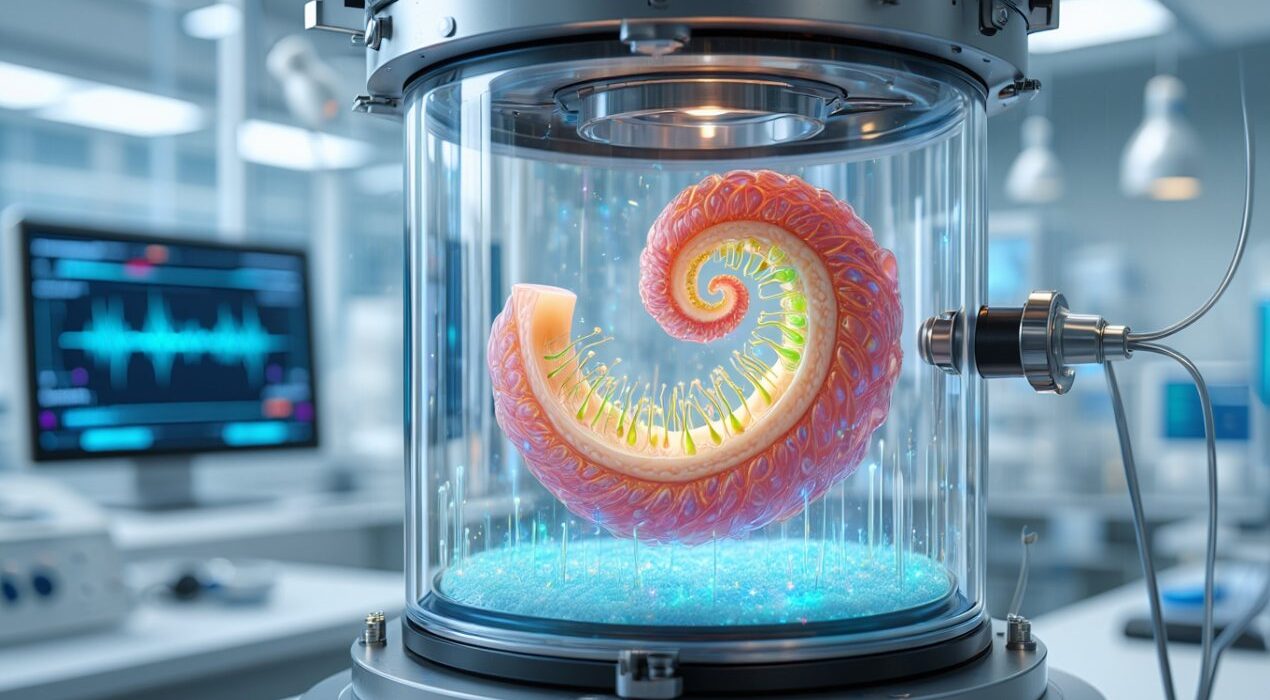First Living Cochlea Outside the Body Reveals How Hearing Works
Scientists have achieved a milestone in hearing research. For the first time, they kept a living slice of cochlea functioning outside the body. This breakthrough allowed them to watch how sound is amplified in real time.
Unlocking the Secrets of Hearing
The cochlea, found deep inside the ear, is fragile and hard to study. It contains about 16,000 sensory hair cells. These cells detect sound and convert vibrations into signals for the brain. However, damage to them often causes permanent hearing loss.
Researchers from Rockefeller University built a special chamber that mimics the cochlea’s natural environment. Inside, they placed tiny gerbil cochlea samples. The setup kept the tissue alive using nutrient-rich liquids, temperature control, and precise electrical conditions. As a result, scientists could play sounds and record how the cells responded.
The team observed hair cells amplifying even faint sounds. They also confirmed the role of a biophysical principle called a Hopf bifurcation. This tipping point lets the ear boost weak vibrations into signals the brain can detect. The discovery shows mammalian hearing works much like hearing in other animals, including insects and frogs.
Hope for Future Treatments
The findings open the door to better therapies. For example, scientists can now test how drugs affect hair cells in real time. This could help create treatments for sensorineural hearing loss, a condition with no approved medication yet.
Francesco Gianoli, a co-author, explained, “We can now observe the first steps of the hearing process in a controlled way.” Colleagues called the study one of the most impressive biophysics experiments in years.
This achievement also marks a crowning moment in the career of the late A. James Hudspeth. His decades of research laid the foundation for this success. As a result, hearing science is closer than ever to life-changing solutions.






